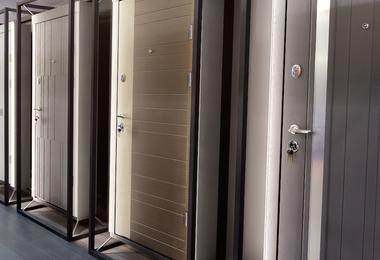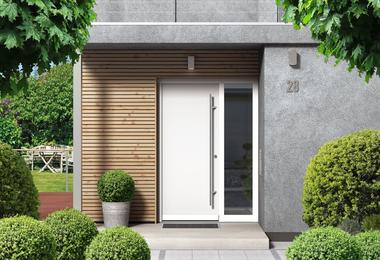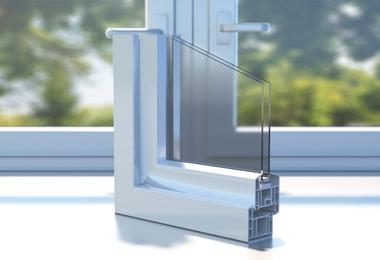Blog

Best Entry Door Materials for Durability and Weather Resistance
Canadian winters bring extended periods of subzero temperatures, strong wind chills, and frequent exposure to moisture. Choosing the right front door isn’t just an aesthetic decision — it’s about protecting your home’s energy efficiency, structural integrity, and even your comfort.

Comprehensive Home Inspection Checklist: A Guide for Canadian Home Buyers
Buying a home is one of the most critical financial decisions Canadians make, and a thorough home inspection is your best tool for protecting that investment. A modern inspection goes far beyond a quick visual review — it evaluates the home as a complete system, covering structure, mechanical systems, safety devices, energy efficiency, and long-term durability.

What are English Cottage Style Windows?
English cottage-style windows are gaining popularity in Canada as homeowners seek to bring classic heritage charm into modern, energy-efficient homes. These windows are defined by balanced sash proportions, distinctive grille patterns, and a handcrafted aesthetic that immediately sets them apart from standard contemporary designs.

Best Window Solutions for High-Ceiling Homes
When designing or upgrading a home with high ceilings, the choice of window style plays a central role in shaping natural light, ventilation, aesthetics, and energy efficiency. The right design strikes a balance between form and function. Let's take a closer look at four styles most suitable for tall or vaulted interiors.

Front Door Trends for 2026: Fresh Styles Built for Canadian Homes
Front door trends in 2026 reflect a clear shift among Canadian homeowners toward durable, low-maintenance, and energy-efficient designs that elevate curb appeal without sacrificing long-term performance. This year, the strongest movement is toward materials and finishes that hold up against Canadian weather while still delivering a clean, modern, and welcoming look.

Double-Pane Windows vs. Storm Windows: A Comparative Guide
Canadian homeowners often compare storm windows and double-pane units when seeking to enhance comfort during long, cold winters. Both options can help reduce drafts and heat loss, but they work in different ways. Here’s a clear breakdown to help you choose what fits your home, budget, and climate.

Home Energy Audit Explained
A home energy audit quickly shows where your home is losing heat, how air is moving through the structure, and which upgrades will deliver the most significant improvement in comfort and efficiency. By focusing on airtightness, insulation levels, and the performance of windows, doors, and mechanical systems, an audit helps you understand exactly why certain rooms feel cold, why your bills are rising, or why drafts keep returning.

Argon Gas Windows vs. Double-Pane: What Offers Better Efficiency?
Canadian homeowners often wonder whether argon-filled windows or standard double-pane units make the most significant difference in comfort and energy savings. Here’s a straightforward, no-pressure comparison to help you choose what best fits your home.

How to Test Your Current Windows: A 2026 Guide for Canadian Homeowners
Testing your windows in 2026 helps you quickly determine whether your home is losing heat, where drafts are coming from, and whether your current units still meet modern energy-efficiency standards.

Insulated Glass and Low-E Glass: Key Differences Explained
Canadian homeowners often wonder whether insulated glass or Low-E glass makes the bigger difference in comfort and energy savings. The truth is: both matter — and they work best together. Here’s a clear, no-pressure breakdown to help you understand how each option works, and how to choose what’s right for your home and climate.
- Maritimes 6
- Product Comparisons 22
- Buying Guides 23
- Doors Types 28
- Energy Efficiency and Sustainability 33
- Home Improvement 24
- Installation and Replacement Tips 22
- Local Guides 41
- Maintenance and Repairs 30
- Manufacturers Reviews 7
- Pricing and Financing 14
- Room-Specific Windows 14
- Safety and Security 9
- Seasonal Tips 6
- Window Styles 12
- Window Types 40
- Past Projects



